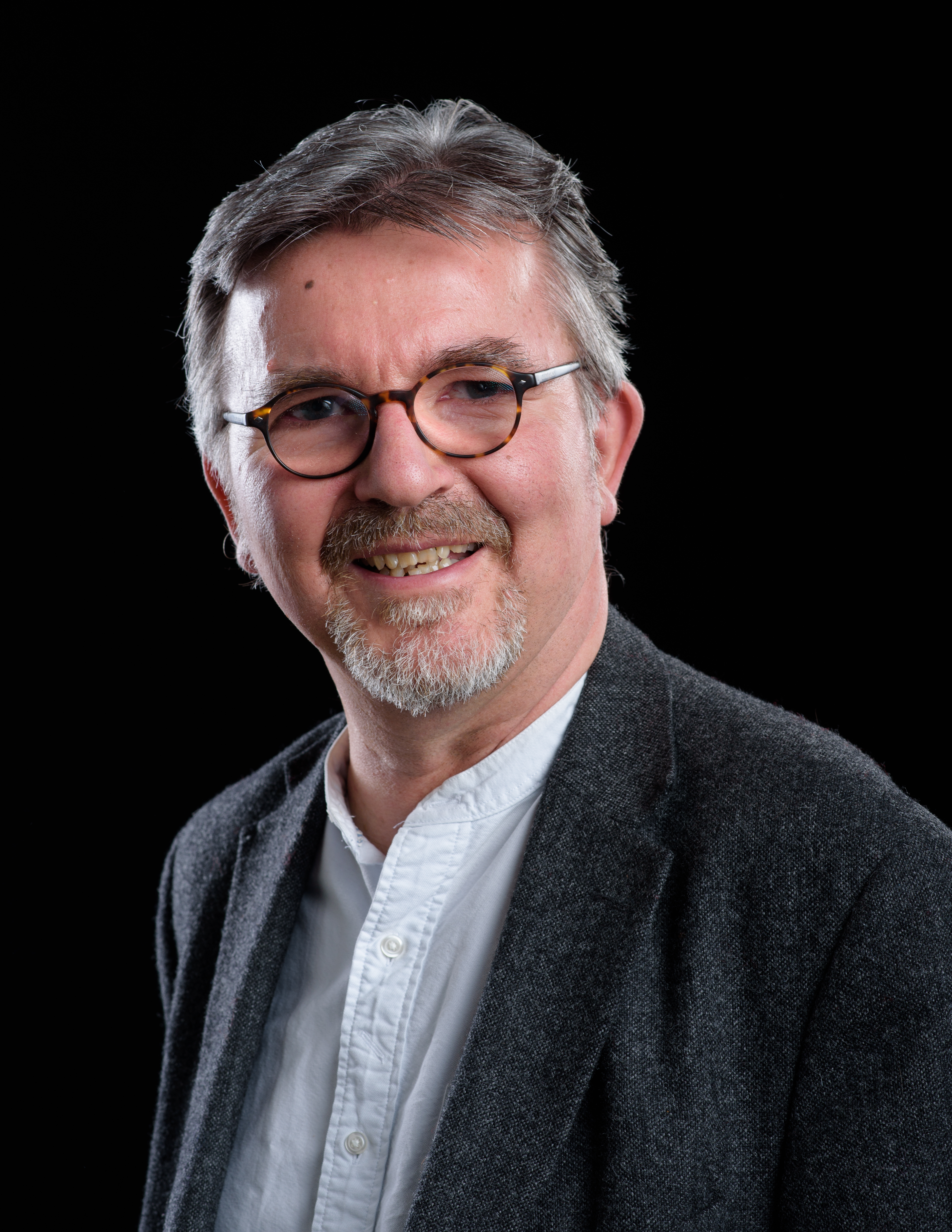Working with my clients is an opportunity to put myself in their space and offer myself with intention as an instrument of change and transformation. I use the term instrument with care and purpose. I have been interested for many years in vibration and sound; and given that I have a lifelong love of music, I have found myself seeking out the possibilities of developing and applying the use of sound vibration and a wider appreciation of energy in my work. With my core training in Jungian Analysis and Psychodynamic theory and practice, I wanted to tune in to the role of the voice and energy in psychotherapy. Jung, very much positioned at the core of my training and practice, has been often quoted as saying that there is only one Jungian. Himself! All of us therapists are I feel invited to, if not obliged to think the same. This then would make me the first and only Monksian!!!
From my own research and practice I have identified what could be considered as two conversations in therapy. Talking therapy: a verbal conversation where linguistic syntax mirrors the syntax of the conscious, where message and meaning are in the main intended. A second parallel conversation, mainly unconscious, involving the listening to, and making of sounds is founded upon vowels, signifiers of words and the phonetic building blocks of language. Energetically there is another conversation here. The conscious principally with meaning and intent and the unconscious defined by tone and the infinite.
The core of my work as therapist can be recognised as psychodynamic and defined by the conversations with my clients. I have been fortunate in my journey seeking out the introduction of an awareness of energy in the therapy space. Energy Psychology offers many opportunities for the unique integrative model that I suggest. It has come a long way since the introduction of Thought Field Therapy TFT by Roger Callahan. My training in Emotional Freedom Technique now more aptly named Energy Field Therapy EFT enables the introduction of a new element namely an awareness of, and conversation with, the energies in the body. For those unfamiliar with this methodology, the meridian system as seen in Chinese Acupuncture is used with various key words or phrases. As these words and sounds are made various meridian points are tapped usually in a sequence. The intensity of the body holding these energies and any associated emotions is monitored throughout any session. One of the many things that I like about this methodology is the holistic dialogue that that not only emerges between therapist and client but also in the new emerging conversation within the client his/herself. Phil Mollon has developed his own conversation namely Psychoanalytic Energy Psychotherapy connecting and deepening dialogue between psychoanalysis and energy psychology. Innovative diagnostic tools such as Muscle Testing help to facilitate another conversation, this time directly with the energy system of the client. This, in simple terms, bypasses the censorship of the conscious mind.
Another way that I work with the energies of the body is by sounding Crystal Singing Bowls with my clients for a few minutes where appropriate; either on their own, or jointly with myself. This will usually be when working with the energy fields in EFT. The bowls are made of 99.992% quartz and aligned to notes on the scale C, G, G# etc. which in turn link with various emotions, organs and energy systems and to signifiers of health or trauma. These notes also connect with specific vowels, and the sounding of them connects with the potential to interact with the language of the unconscious as I have suggested earlier. Taking aside links to chakras and other energy systems, which for some may be too great a step, there is something that can't be denied. Working with some dedicated sounds using bowls G# Zeal Point Chakra for the record , or voicing vowels, there is a deepening and calming effect. The lowering of brain wave frequencies, slowing of the heart rate and deepening of the breath happens regularly.
I read recently about a view seeking to differentiate between mental and physical health. For me mental health very much manifests itself in the body so can be argued to be physical as this is how it is experienced. An integrative model not only addresses the mental and the physical, but provides the broadest palette for access and effectiveness.
This piece is not intended to be a definitive account of the origins and practices of energy psychology. These have been long established and are accessible to all. Having being privileged to have trained in EFT with Viv Fogel, and PEP Psychoanalytical Energy Psychotherapy with Phil Mollon both current and developmental I would encourage you all to find your equivalent of my Monksian model.

